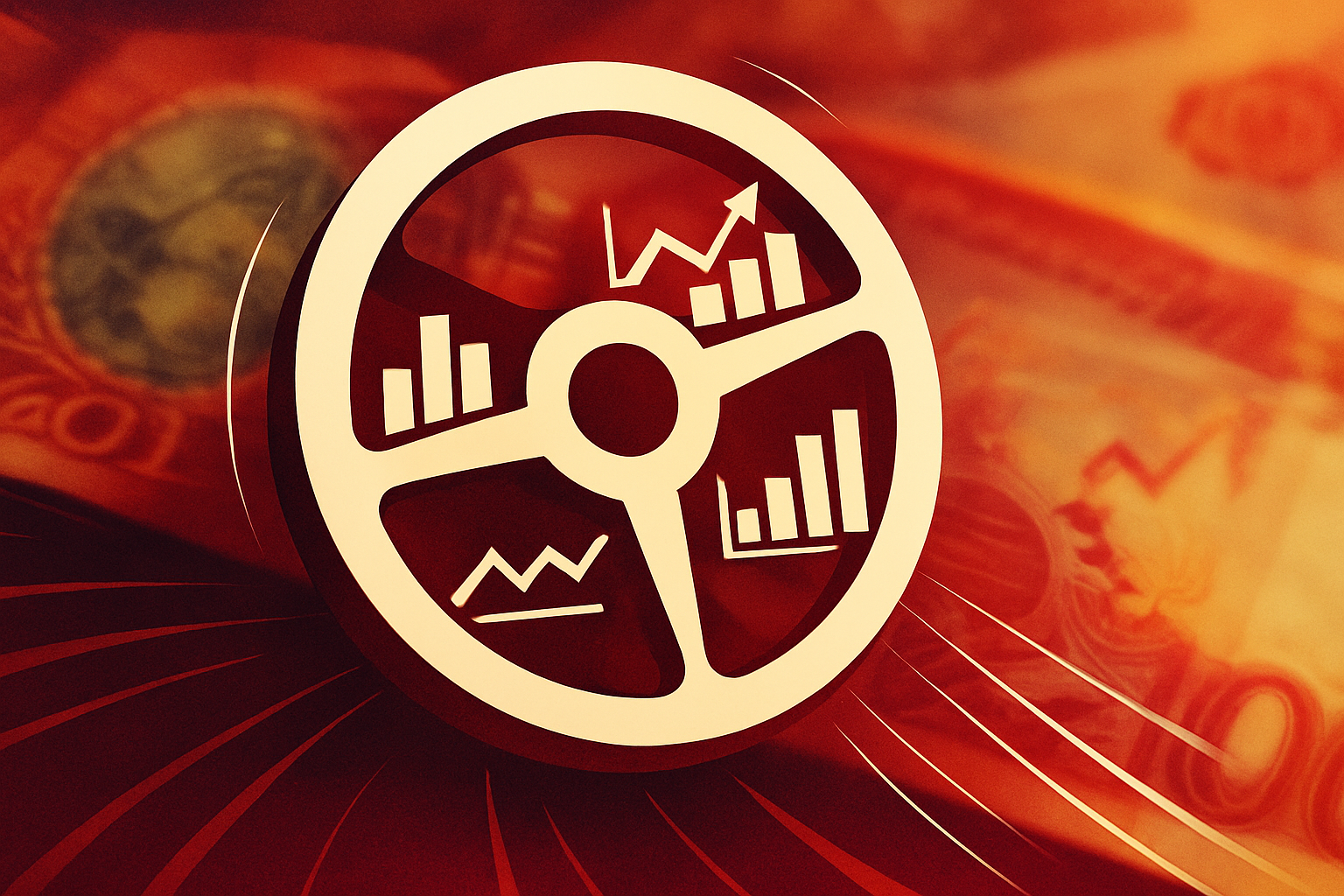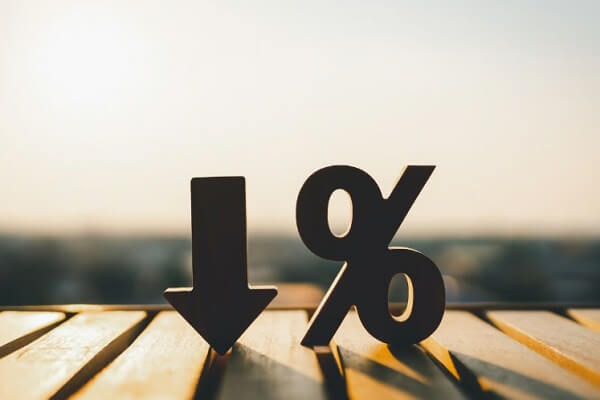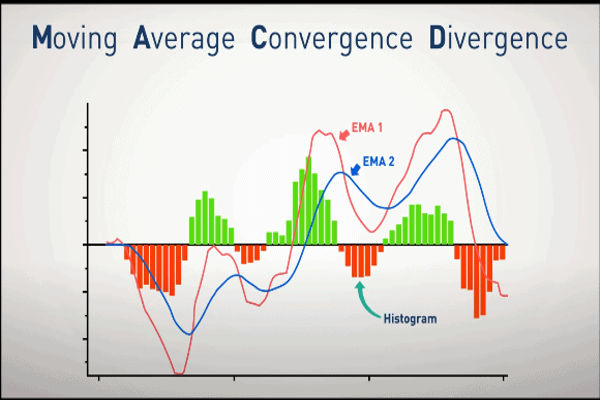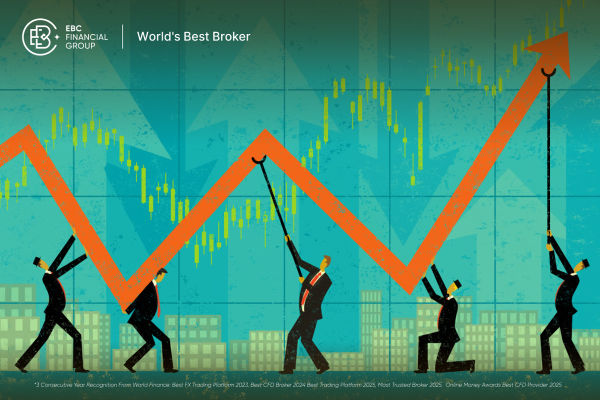The trend of US stocks and gold prices is not directly related, so why do
some people say that US stocks will affect gold prices? That's because they have
an indirect influence.

When it comes to the relationship between US stocks and spot gold, the
participation of the US dollar is essential.
The US stock market directly reflects the current economic situation in the
United States, thus reflecting the trend of the US dollar. The strength of the
US dollar, to some extent, affects the global economy, supply, geopolitics,
inflation, and other factors, which in turn affect gold to varying degrees.
To some extent, the US dollar and gold present the opposite situation. If the
US dollar rises, the price of gold will decrease. On the contrary, if the US
dollar falls, the price of gold will show an upward trend.
The indirect relationship between US stocks and gold only occurs at a
specific point in time. Because gold itself is a highly hedging product, when
the stock market falls, it indicates that the current economy is in a downward
phase and the price of gold will rise. But if there are more risk-averse capital
products, such as the appreciating US dollar, then gold will not maintain its
value as a currency in a state of appreciation, and gold prices will
plummet.
The rise of US stocks indicates an improvement in the US economy, but the
decline of US stocks indicates a recession in the US economy.
The US dollar is a highly safe haven among global currencies. When a country
experiences an economic recession, its stocks usually fall. To avoid this,
people choose to buy dollars as a safe haven. So the decline of stocks is
supported by the US dollar.
So when the US stock market rises, it indicates an improvement in the US
economy. The economic improvement of this powerful country, the United States,
can drive the improvement of the global economy. In order to earn profits,
investors would exchange the US dollar for other currencies with high interest
values for carry trading investments. At this time, the US dollar was heavily
sold, causing the decline of the US dollar to become an unavoidable asset.
The improvement of the US economy, the decline of the US dollar, and the rise
of US stocks will drive the rise of commodities such as spot gold. However, in
the context of a global debt crisis, liquidity is usually poor, which can prompt
countries and consortia with large amounts of gold to sell gold and exchange it
for cash currencies such as the US dollar to rescue the sluggish economic market
and restructure financial markets.
At this time, the spot gold price fell, and the stock market rebounded after
being oversold.
The Relationship between US Stocks and Gold Spot
Hedge demand: When investors feel that the economic or political environment
is unstable, they may seek Safe Haven Assets such as gold. This demand for
hedging may lead to an increase in gold prices, while the stock market may
decline as investors shift funds from the stock market to the gold market.
Inflation expectations: Gold is often seen as an asset to resist inflation,
as its value is not affected by inflation like currency. If investors anticipate
an increase in Inflation rates, they may purchase gold, which may lead to an
increase in gold prices and a decline in the stock market, as rising inflation
rates typically have a negative impact on corporate profits.
USD exchange rate: Gold is usually priced in USD, so changes in the USD
exchange rate may affect the price of gold. If the US dollar depreciates, the
price of gold may rise because investors need to pay more US dollars to purchase
gold. On the contrary, if the US dollar appreciates, gold prices may fall. In
this situation, the stock market may rise as the appreciation of the US dollar
is often seen as a positive signal for the US economy.
gold and stock market relationship
| Factor |
US Stock Market Trends |
Gold Price Trends |
| Economic Condition |
Directly reflects the US economic situation |
Indirectly affected by the US dollar trend and influenced by factors like the economy, supply, geopolitics, inflation, etc. |
| Strength of the US Dollar |
Dollar goes up → US stocks go down; Dollar goes down → Gold goes up |
Dollar goes up → Gold goes down; Dollar goes down → Gold goes up |
| Safe Haven Demand |
US stocks decline → Economic downturn → Gold goes up |
Economic or political instability → Gold goes up; Capital flows from the stock market to the gold market |
| Inflation Expectation |
Inflation rises → Gold goes up; Usually, stock market goes down |
Inflation rises → Gold goes up; Usually, stock market goes down |
| Global Economy and Currency |
US economic improvement → US stocks rise → Gold rises |
US economic recession → Stock market goes down → Investors buy the US dollar → Gold prices drop |
From the above, it can be
seen that there is a certain relationship between the US stock market and the
gold market, but this relationship is not absolute. In some cases, the stock
market and gold market may rise or fall simultaneously, as they are influenced
by different factors. Investors should decide whether to allocate funds to the
stock market and gold market based on their investment goals and risk
tolerance.
Disclaimer: This material is for general information purposes only and is not intended as (and should not be considered to be) financial, investment or other advice on which reliance should be placed. No opinion given in the material constitutes a recommendation by EBC or the author that any particular investment, security, transaction or investment strategy is suitable for any specific person.



























